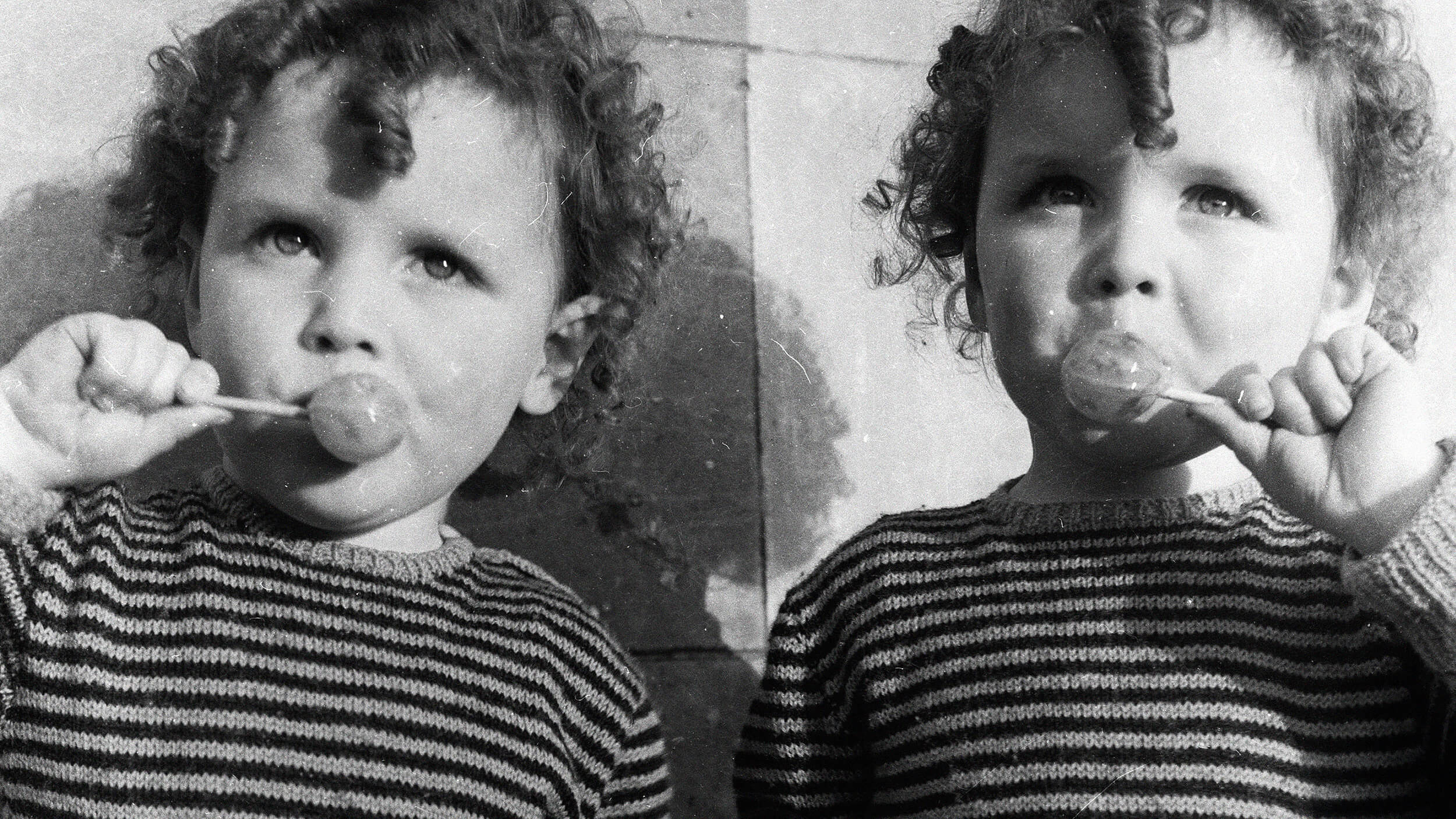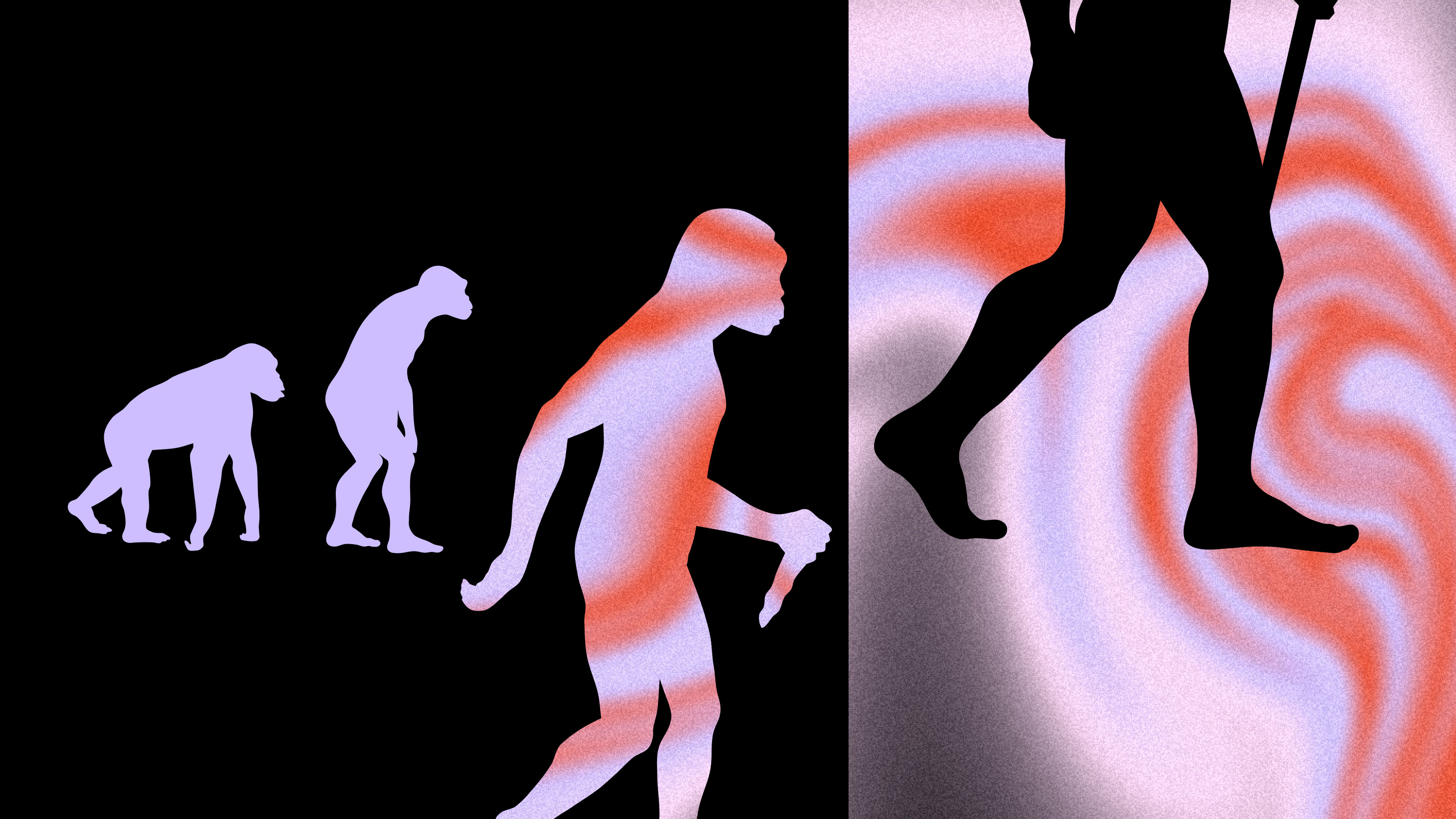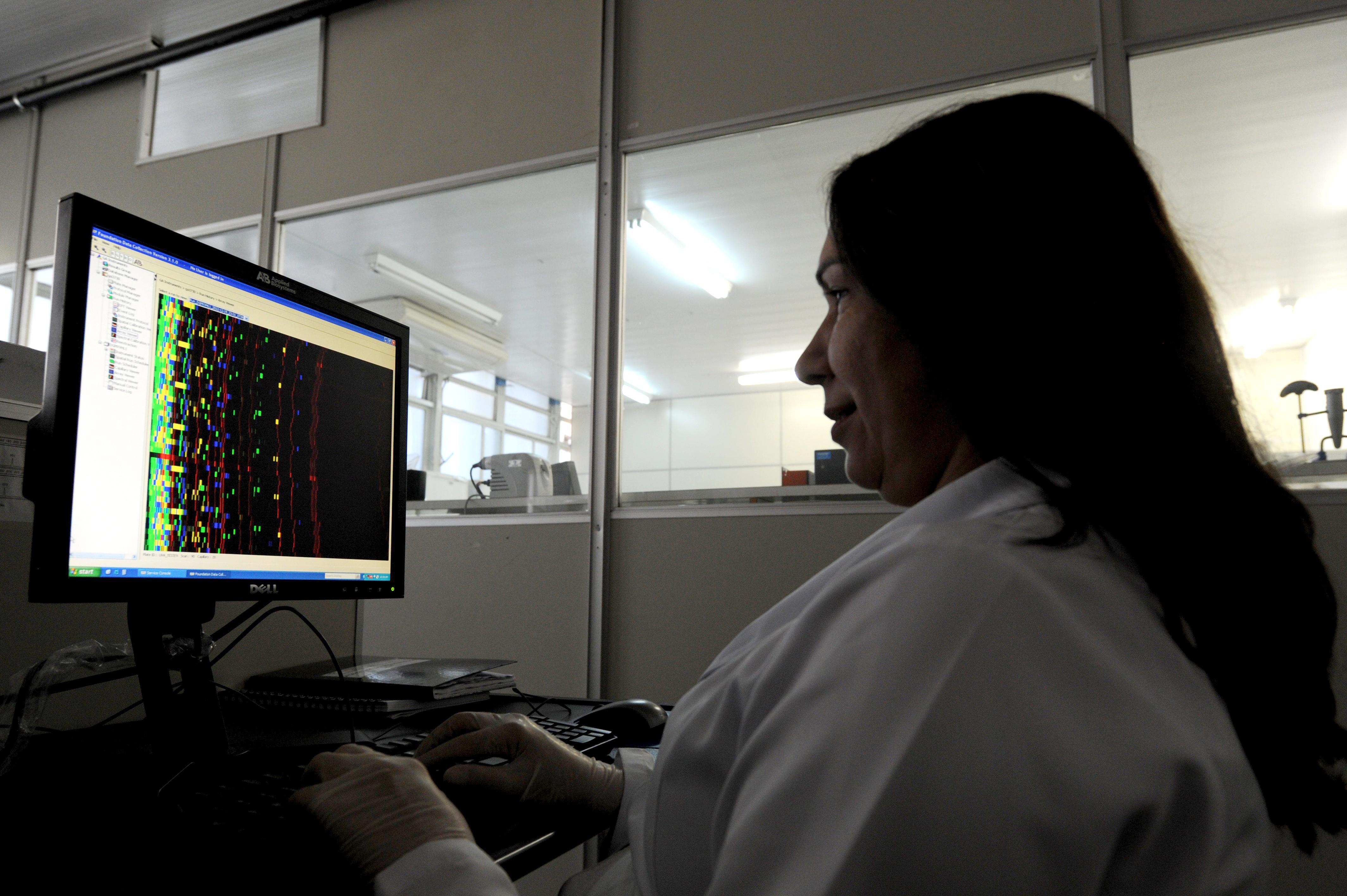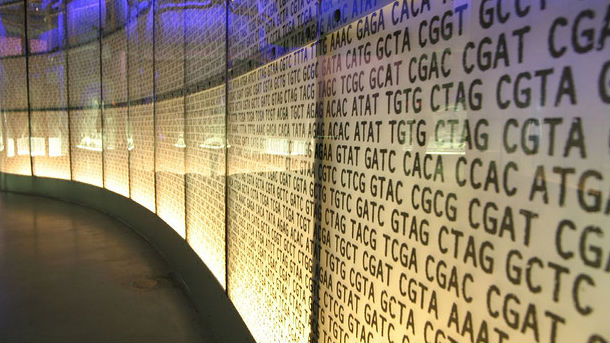Why nature vs. nurture is ‘zombie idea’ we need to kill

Sean Gallup / Getty
- Despite the fact that scientists have long known that behavior is caused by complex interactions between genes and environment, the debate still persists in the culture today.
- A new paper outlines three reasons why this debate persists, and why behavior isn’t special — it abides by the same evolutionary processes as other traits.
- The authors say rejecting the false nature-nurture dichotomy can help kill this “zombie idea.”
Which determines traits like sexual orientation, intelligence and behavior: genes or environment?
Many modern debates center on this question, from the #MeToo movement to transgender rights, to academic performance, to crime. But is the nature-nurture conversation even worth having? After all, it was more than three decades ago that the American biochemist Daniel Koshland wrote in an editorial published in Science, “The debate on nature and nurture in regard to behavior is basically over. Both are involved.”
Now, a paper recently published in BioScience argues it’s finally time to kill the “zombie” that is the nature-nurture debate. The authors—Marlene Zuk and Hamish G. Spencer of the University of Otago’s Department of Zoology—note that behaviors aren’t determined solely by genes or environment.
Zuk and Spencer divide their argument into three parts.
Behavior, the authors write, evolves in the same manner as other traits. People often mistakenly think that behavior — particularly human behavior — exists apart from the principles of evolution, in a separate realm from other characteristics, such as height.
The authors note the Venus flytrap as an example.
“The motor cells that close the trap need exactly two signals within 20 seconds to activate. Then, at least three—not one, not four—flicks of a trigger hair are needed to signal the production of digestive enzymes. Only then can successful consumption of the prey commence.”
Does this precise predatory process count as behavior? It’s a tricky question, sure. But the authors raise it because:
“If we can’t draw a hard and fast line separating behavior from other traits, then the same rules apply to both, and behavior evolves the same way that leg length or other physical characteristics do. That is an important conclusion, because it means that we can’t invoke culture as a get-out-of-evolution-free card.”
That might be obvious enough. But the authors also argue that behaviors aren’t even the result of an additive combination of the two. In other words, you can’t look at a world-class sprinter and say that their skill comes from 68 percent genetics, 32 percent environment.
Rather, behaviors stem from the complex and fluid interaction between the two.
“The effect of an organism’s genes depends on the organism’s environment and does so just as much as the effect of an organism’s environment depends on its genes,” the authors write. “Genes and environment interact. The philosopher of science Evelyn Fox Keller calls this the entanglement of genotype and environment, which also conveys the inextricable nature of the relationship between the two.”
Zuk and Spencer suggest that the way people talk about genes tends to confuse the public about the role genetics play in influencing behavior. For example, you might read a study saying that scientists have “found the gene for” intelligence, criminality, or whatever trait.
“What scientists mean when they talk about a gene for a trait is that variation at that gene (e.g., differences in the DNA sequence of that gene) leads, in a certain range of environments, to variation in that trait, and the concept involved is one called heritability,” the authors write.
But a gene for a trait does not act as an off-on switch that produces behavior.
“The crucial point is that, regardless of the heritability of a trait, a change in the range of environments (or, for that matter, the genetic variation affecting the trait) can change the heritability. Everything is context dependent.”
So, why do we need to kill the nature-nurture zombie? Zuk and Spencer suggest that these misguided beliefs can cause us to think certain behaviors are inevitable. For example, if people with anorexia read articles saying the condition is caused solely by genetics, they might feel like there’s nothing they can do to improve their health. In this way, people may feel like they have an “out” to continue these behaviors, when, in reality, environmental interventions could benefit them.
Similarly, the belief that genes determine traits like intelligence or social mobility may influence public officials not to spend as much money on certain public programs. In this way, the nature-nurture dichotomy causes people to do nothing at all.
The authors say it’s time to break our conceptual link between genetics and fate.
“A rejection of that equivalence, along with a view of the nature of the entanglement of genes and the environment, would be real progress, and just might kill the zombie.”





